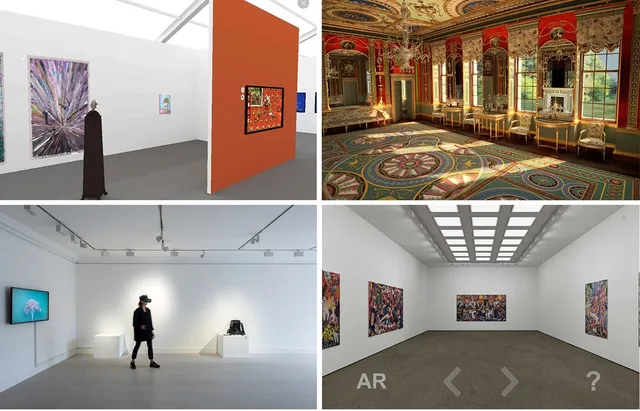Written by Gretchen Andrew, published on March 15, 2024 on TheArtNewspaper.com.

In a 2014 bombshell, Facebook (now Meta) made a bold near $3 billion bet on the future, acquiring Oculus VR, a fledgling company pioneering virtual reality (VR) headsets. This audacious move, while initially met with skepticism, positioned Facebook at the forefront of a potentially revolutionary technology, aiming not only to dominate social media but shape the next frontier of human interaction in the immersive worlds of VR.
So what has happened in the succeeding decade?
VR has not suffered or benefited from the intense hype cycles of NFTs (non-fungible tokens). High costs of participation and slow consumer adoption still define the technology, even as major advances have occurred. While Artland has more or less become a Artsy competitor, Vortic (founded 2016) has been quietly working on the technical and curatorial advances that make the immersive display of physical artworks a viable reality for the artworld.